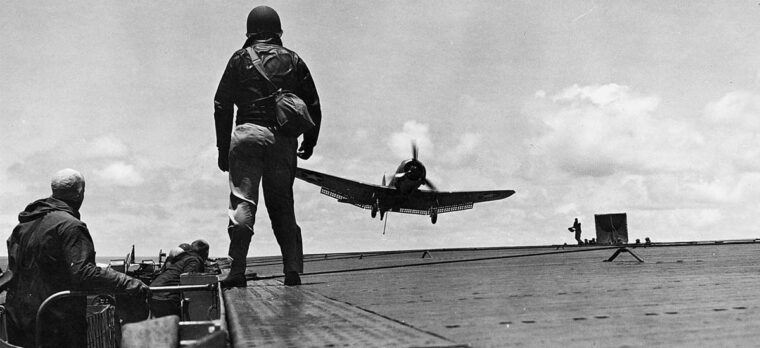
Midway Air Hero Remembered
The carriers weren’t there.
Lieutenant Commander Wade McClusky looked out over the Pacific Ocean from the cockpit of his Douglas SBD Dauntless dive bomber and saw nothing. Read more

The carriers weren’t there.
Lieutenant Commander Wade McClusky looked out over the Pacific Ocean from the cockpit of his Douglas SBD Dauntless dive bomber and saw nothing. Read more
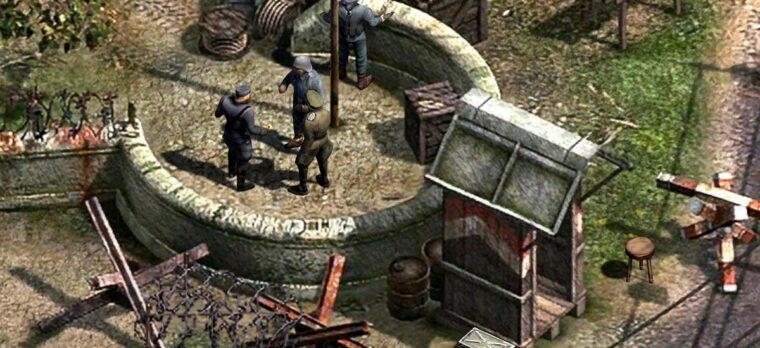
Fans who have been into real-time strategy games for a while likely recall Commandos 2: Men of Courage, which first touched down on PC back in 2001, followed by PlayStation 2 and Xbox in 2002 and Mac OS X in 2005. Read more
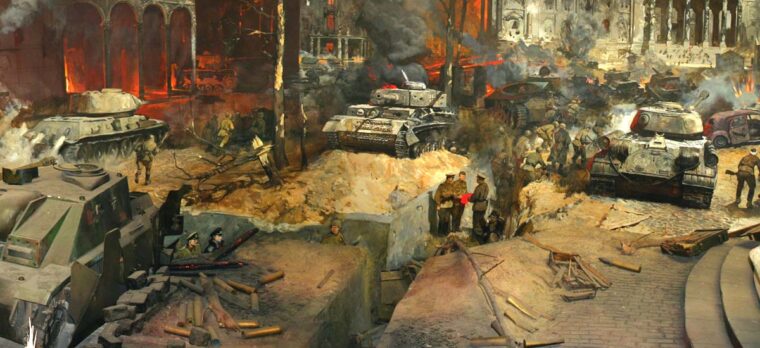
December 1941 was a dark month and the end of a dark year for the Soviets as the Germans pressed ever onward toward Moscow, the lair where Joseph Stalin and his minions plotted what to do next against the Nazi juggernaut that had, in a few short months, rolled over everything before them. Read more
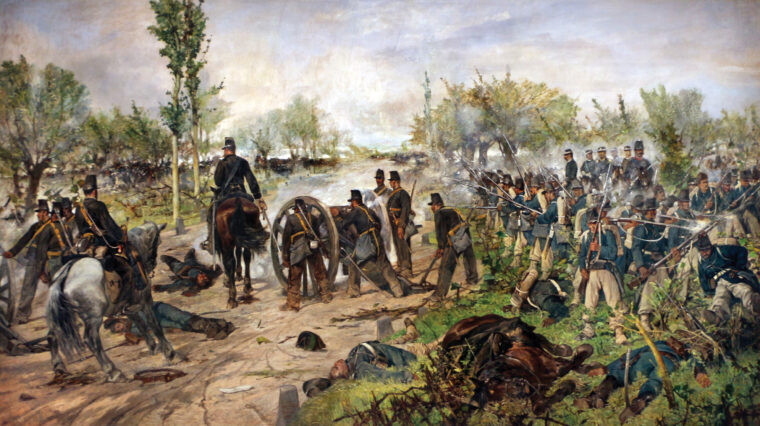
It was June 24, 1866, late in the afternoon of a northern Italian summer, and Venice, the jewel of the Adriatic, was bleeding again. Read more
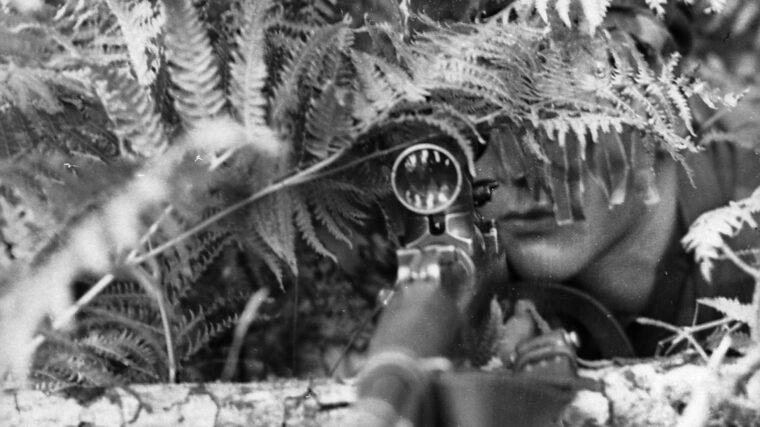
The three Soviet T-34 tanks edged forward slowly as the drivers scanned for the concealed Germans that lay ahead. Read more
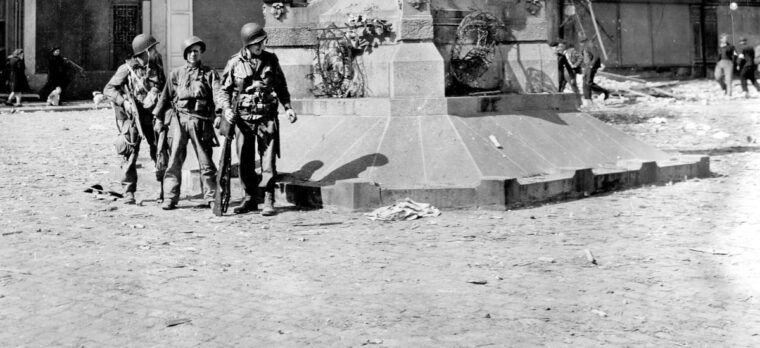
“Move out!” shouted Lieutenant Richard “Dick” Winters to the men of Easy Company. It was 6 o’clock on the morning of June 12, 1944, and Easy Company’s paratroopers braced themselves to attack the southern section of Carentan. Read more
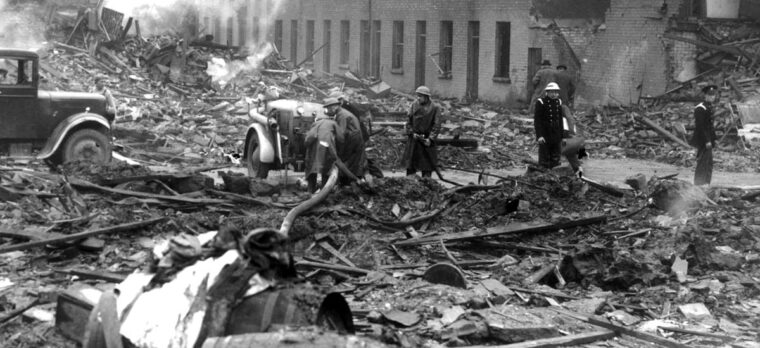
The south of Ireland, officially known as Eire and often referred to by many residing there as the “Free State,” declared its neutrality when World War II erupted suddenly in September 1939. Read more
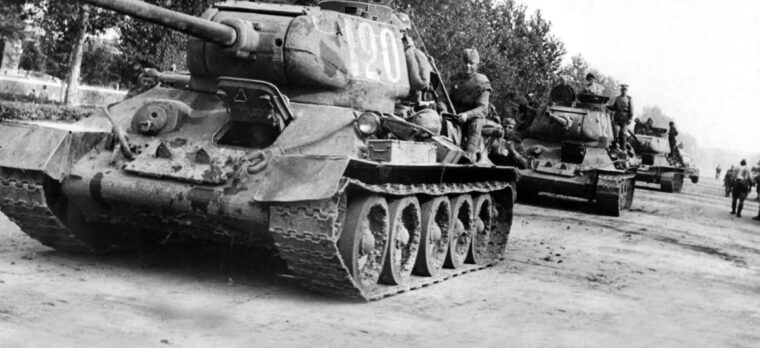
By Nathan N. Prefer
To the Soviet military, it is known as the Manchurian Strategic Offensive Operation. Although it had no official name to the Japanese, it has become known in the West as Operation August Storm. Read more
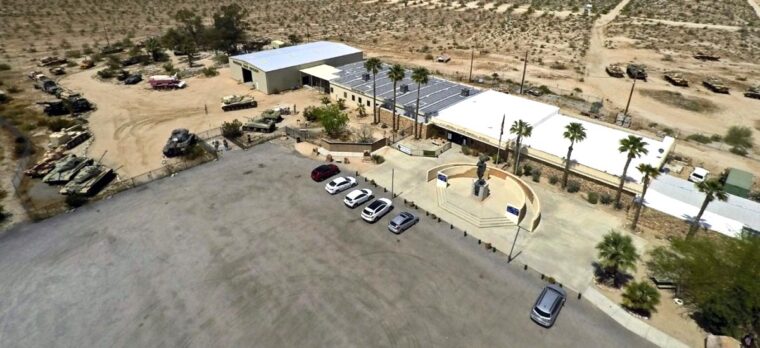
Thirty miles east of Indio, California, is the General Patton Memorial Museum, a special museum dedicated to General George S. Read more
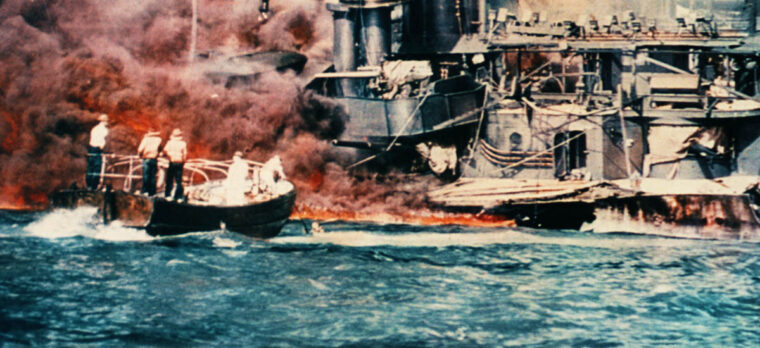
BACKSTORY: Although for the past 75 years history has had little to say about “Bally’s Project,” an effort to falsify State Department records to remove evidence of gross miscalculations prior to the attack on Pearl Harbor—the author recently discovered a small file of documents in the Frank A. Read more
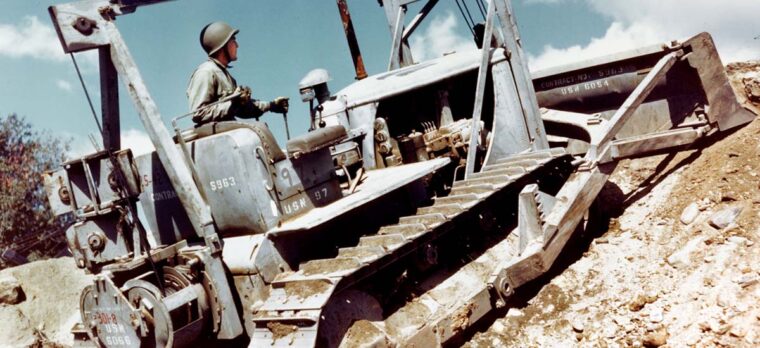
By Glenn Barnett
As war clouds gathered over the vast Pacific Ocean in the late 1930s, the United States belatedly began to think of protecting the nation’s possessions of far-flung islands and atolls. Read more
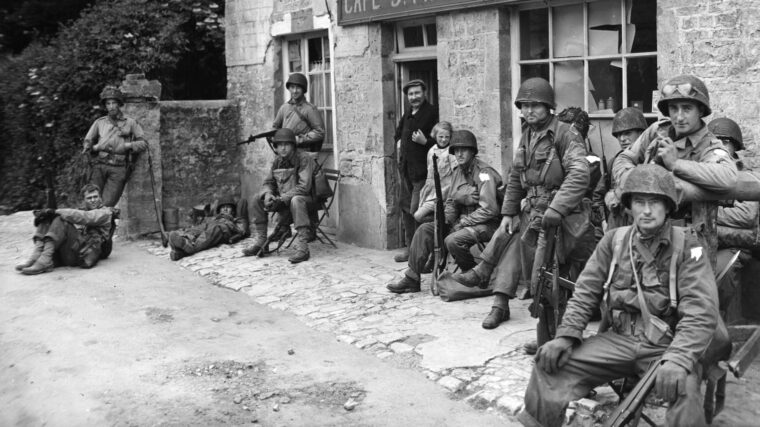
“Oui.” It was one of the few words 101st Airborne paratrooper Norwood Thomas knew in French, and it served him well on the morning of June 6, 1944. Read more
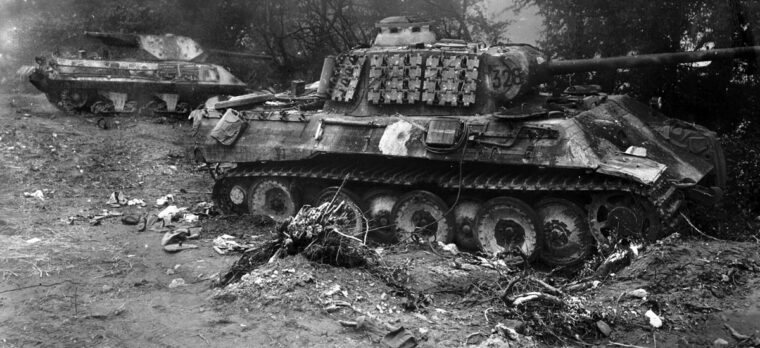
A column of German Mark V Panther tanks advanced through a thick fog north of the French town of Mortain, blindly firing their machine guns. Read more
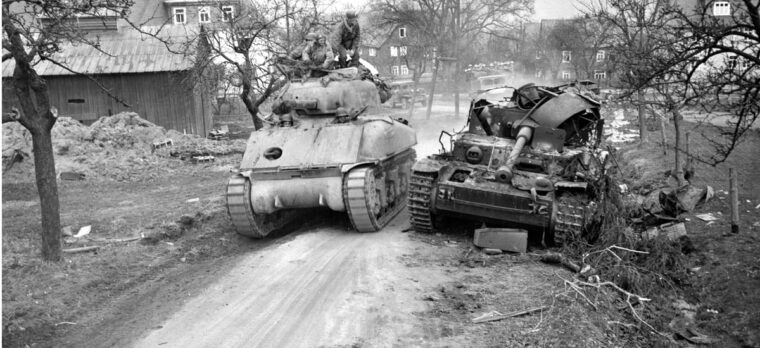
After leading his U.S. 3rd Armored “Spearhead” Division on the longest, one-day, enemy-opposed mechanized advance in American history, Maj. Read more
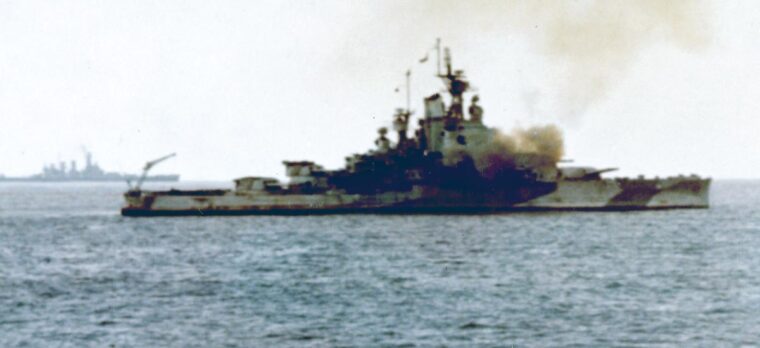
During the dark daysof December 1941, when it seemed as if American and British bases were falling like dominoes across the Pacific, two incidents during the Japanese attack on the naval base at Pearl Harbor gave American morale a much needed boost. Read more
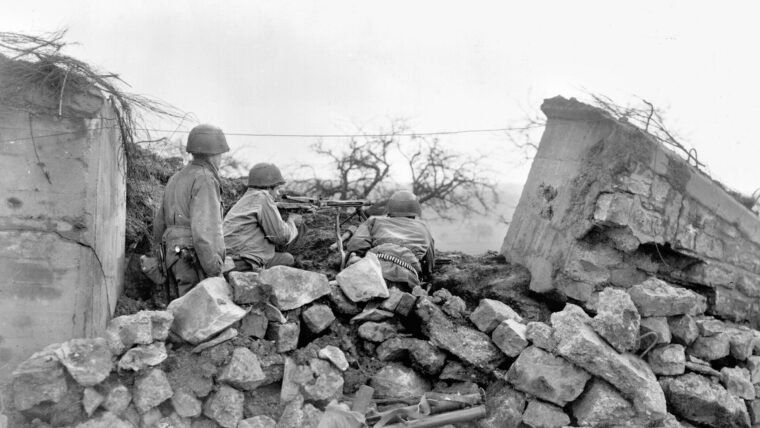
Private Armand Lorenzi and his fellow soldiers were advancing through a snowy German forest when enemy machine guns opened fire. Read more
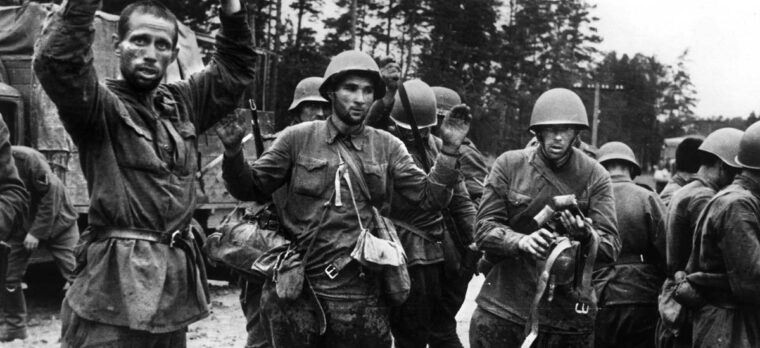
By Richard Z. Freemann, Jr.
“War is mainly a catalogue of blunders.”
—Winston Churchill (1950)
On Sunday, June 22, 1941, as the sun slumbered, 3.6 million soldiers, 2,000 warplane pilots, and 3,350 tank commanders under skilled German command crouched at the border of Soviet-occupied Poland ready to invade the Communist nation Joseph Stalin had ruled with steel-fisted brutality for years. Read more
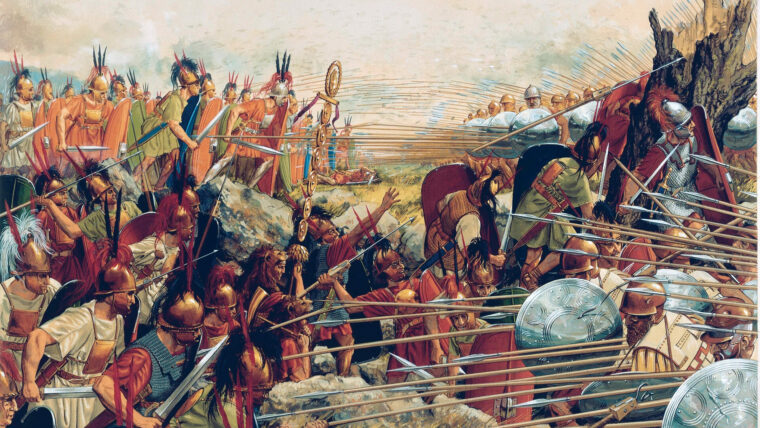
What began as a polite truce between armies that allowed each to draw water from the same river turned into the battle that would give Greece to Rome. Read more
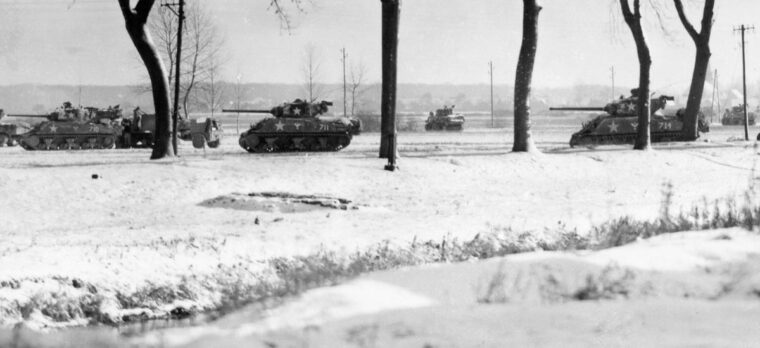
The American light tanks, bringing up much needed supplies, were in column as they began to take fire. Read more
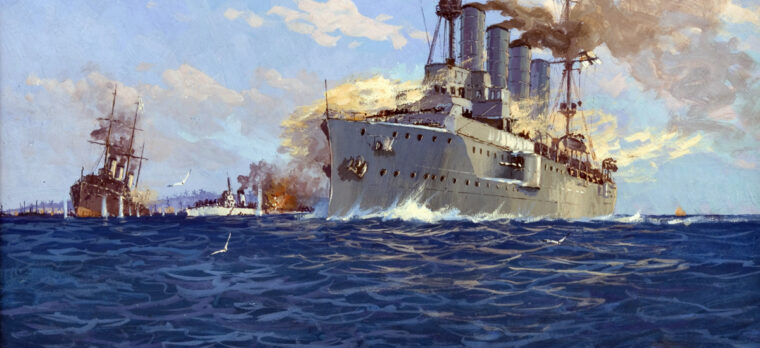
World War I was only a few days old when the German light cruiser SMS Emden, patrolling off the Korean Peninsula, spotted its first target. Read more